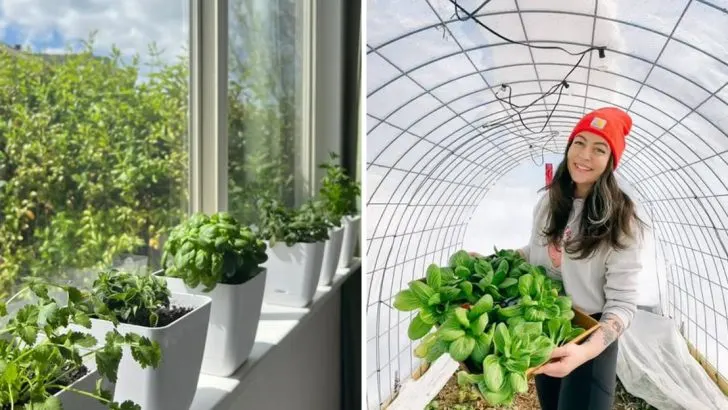While winter may seem like a quiet time for gardens, it’s actually the perfect opportunity to prepare for a flourishing spring. By taking a few strategic steps during the colder months, you can ensure that your garden thrives when warmer weather arrives.
From prepping soil to starting seeds indoors, winter gardening offers a chance to get a head start on the growing season.
In this guide, we’ll share 8 winter gardening ideas that will help you jump-start your spring garden. Whether you’re a seasoned gardener or a beginner, these tips will help you set the stage for a vibrant and successful growing season ahead.
Indoor Herb Garden
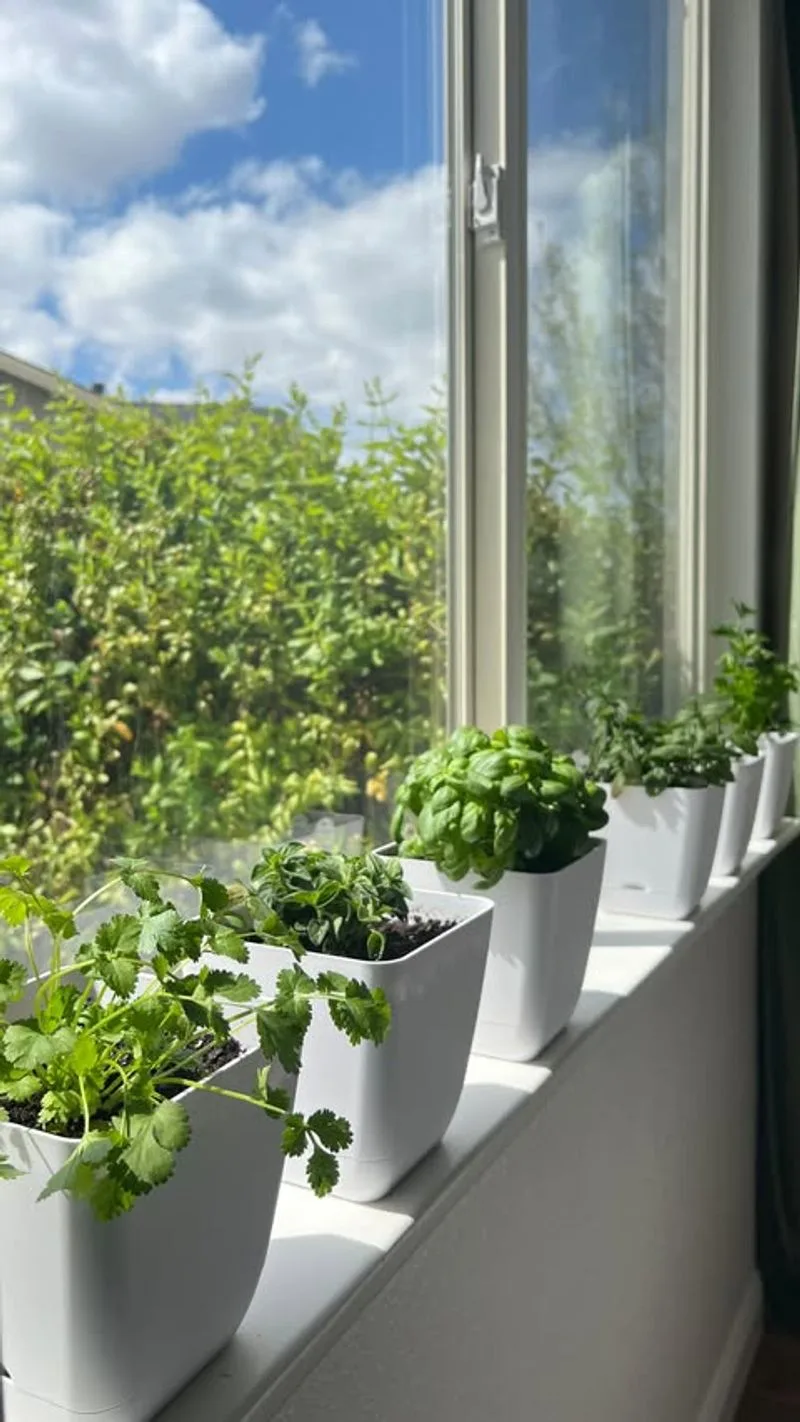
Growing herbs indoors during winter is not only rewarding but also extremely practical. The warmth of your home provides a perfect environment for herbs like basil, thyme, and rosemary. Using a sunny windowsill, you can create a delightful mini-garden that supplies fresh flavors for your cooking.
Small pots or repurposed containers work well. Regular watering and occasional trimming will keep your indoor garden thriving. This approach not only enhances your meals but also adds a touch of greenery to your living space, making those chilly months more bearable.
Cold Frame Construction
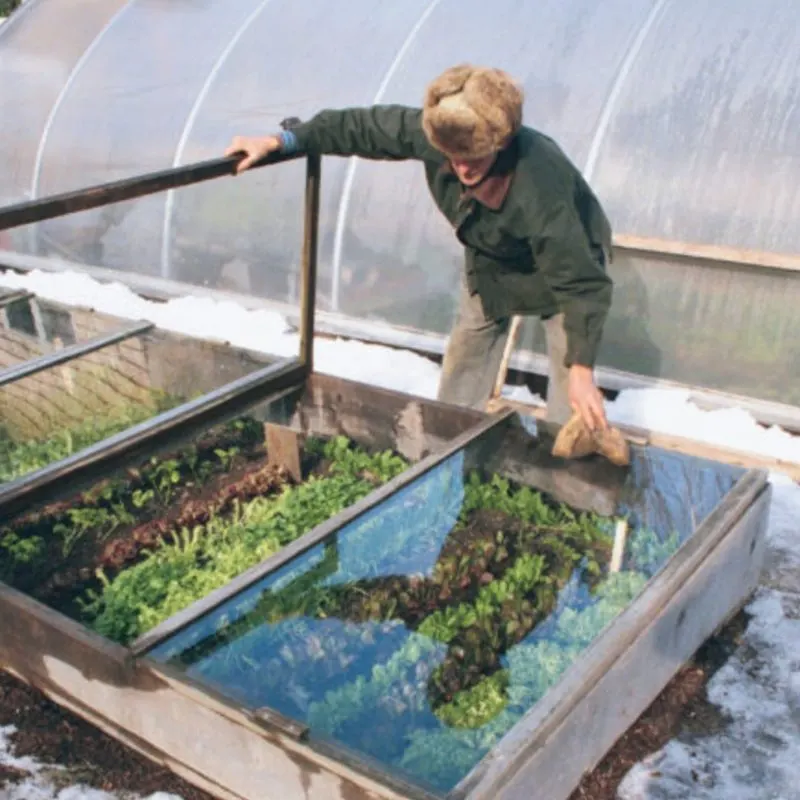
A cold frame acts as a mini-greenhouse, extending your growing season through the winter months. Constructing one can be a straightforward DIY project using materials like old windows or clear plastic.
Position it against a south-facing wall to maximize sunlight. Filling it with fertile soil will nurture seedlings and cold-tolerant plants. This method safeguards young plants from harsh weather, allowing you to get a head start on spring planting.
By capturing solar energy, a cold frame creates a warm microclimate that can boost plant growth significantly.
Winter Composting
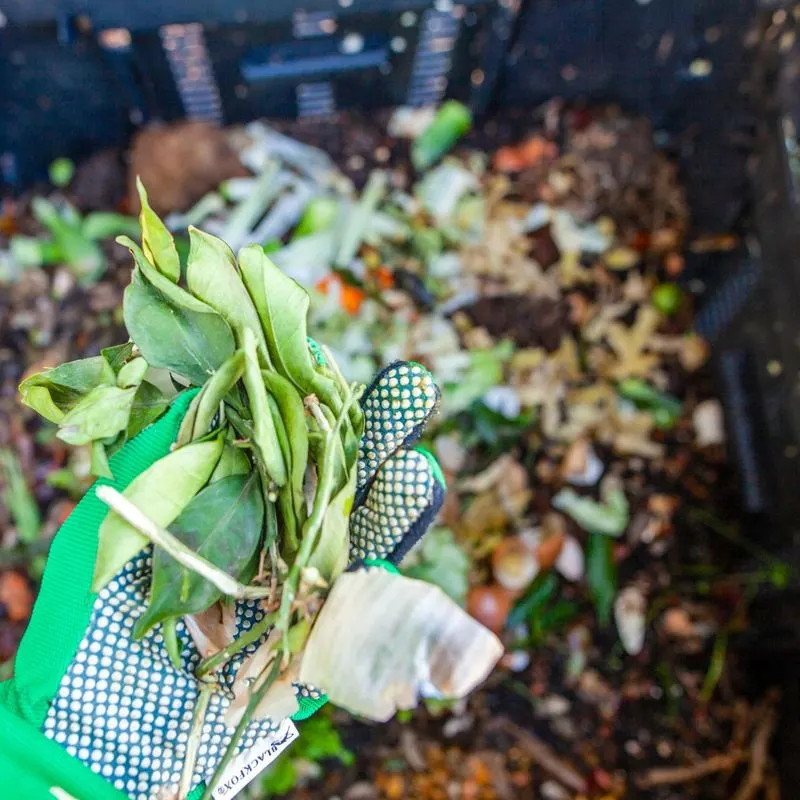
Composting doesn’t have to stop when temperatures drop. Keep your compost pile active by insulating it with straw or leaves. This retains heat, encouraging microbial activity.
Even during winter, kitchen scraps and garden waste can be transformed into nutrient-rich compost. Regularly turning the pile helps aerate it, maintaining an optimal environment.
The compost you create now will enrich your soil come spring, providing essential nutrients for your plants. It’s a sustainable practice that reduces waste and enhances garden productivity.
Winter Sowing
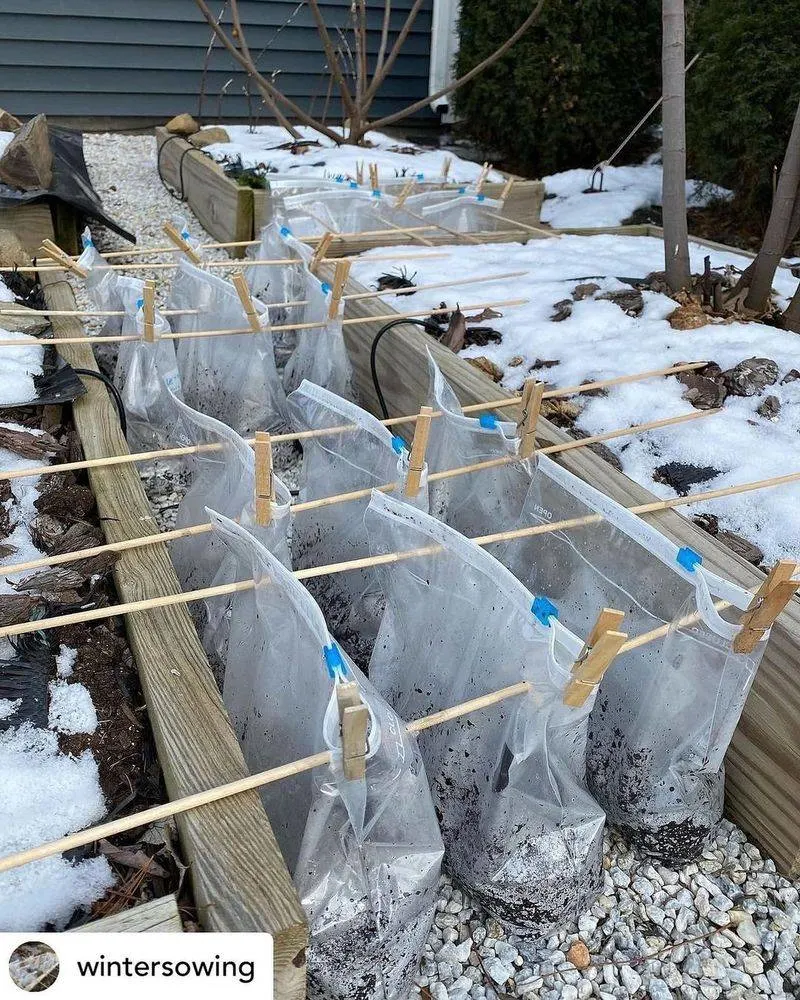
Winter sowing involves planting seeds in miniature greenhouses made from recycled plastic containers. This method is ideal for hardy plants such as perennials and some vegetables.
Place these containers outside in the cold, where they will undergo natural stratification. As temperatures warm, the seeds will germinate. This technique simplifies seed starting, as nature takes its course.
By the time spring arrives, you’ll have strong seedlings ready for transplanting, having adapted to outdoor conditions.
Greenhouse Maintenance
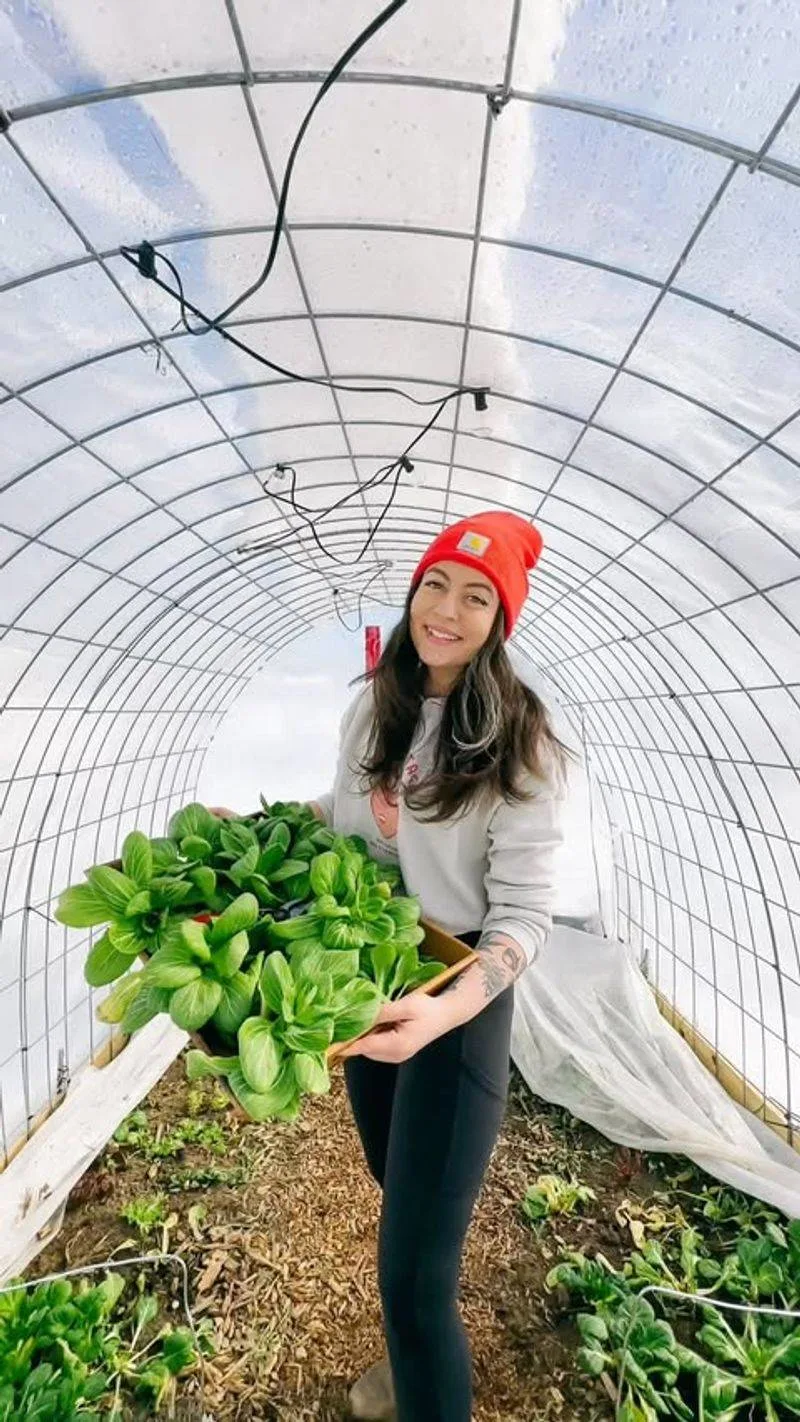
Winter is an excellent time to focus on greenhouse maintenance. Inspecting structures for damage or leaks ensures they remain effective in nurturing plants.
Maintaining clean glass allows maximum light to enter, crucial for plant health during shorter days. Regularly check heating systems and ventilation to keep the environment stable.
Winter maintenance prepares your greenhouse for the burst of growth in spring, ensuring it’s in peak condition to support your gardening efforts.
Mulching Perennials
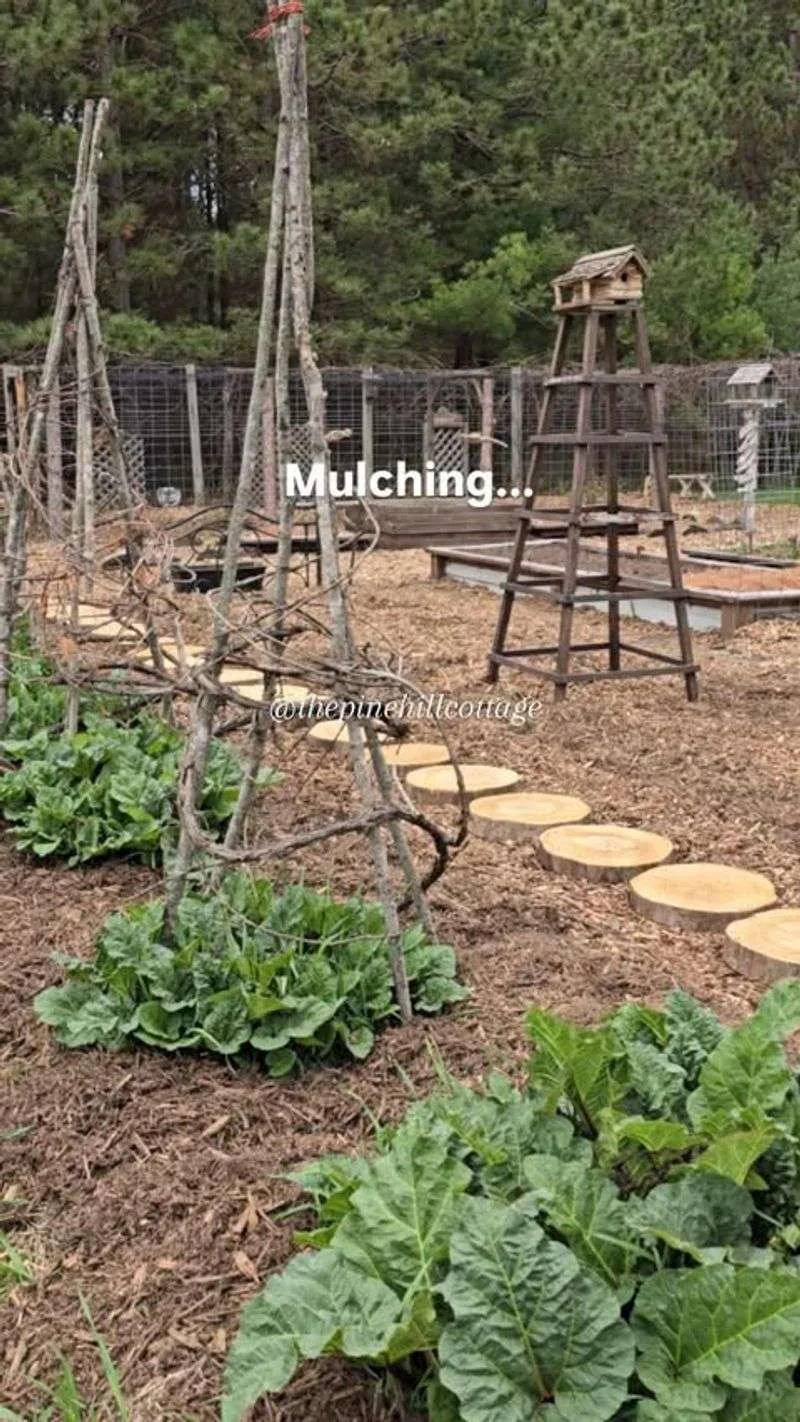
Mulching provides protection to perennials during winter, preserving root systems from freezing temperatures. Organic materials like straw or wood chips create an insulating layer over the soil.
This barrier helps retain moisture and prevents temperature fluctuations that can stress plants. As mulch breaks down, it enriches the soil with nutrients.
Adding mulch in late fall or early winter sets the stage for a robust spring awakening, as it enhances soil structure and fertility.
Forcing Bulbs Indoors
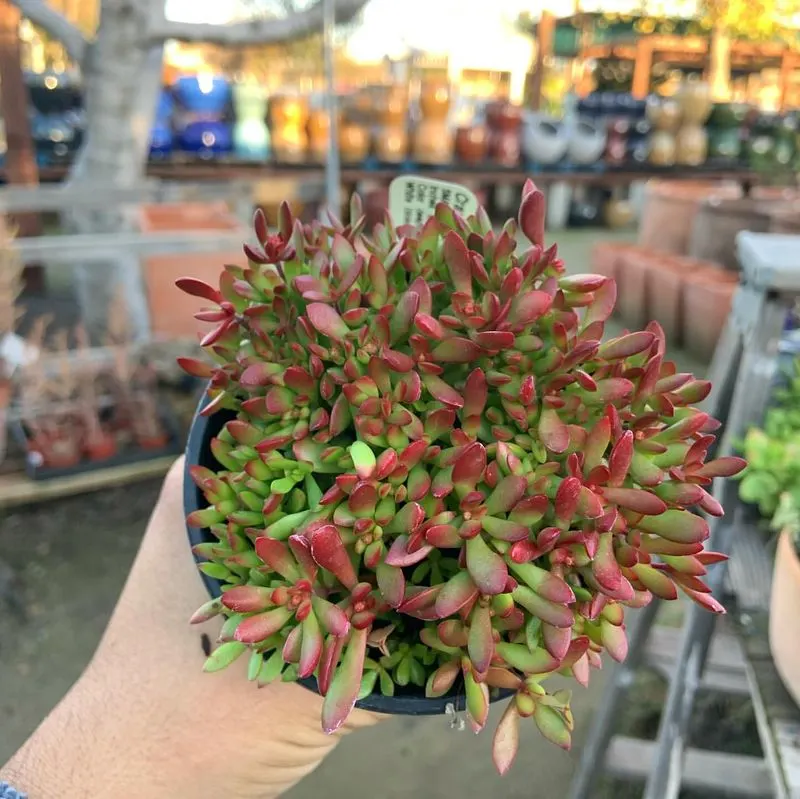
Forcing bulbs indoors allows you to enjoy spring blooms even in the depths of winter. It involves planting bulbs like tulips or daffodils in pots to bloom indoors.
Place them in a cool dark area initially, then move to a bright spot as they start to grow. This mimics the natural growth cycle.
The vibrant colors and fragrances bring cheer and a sense of renewal, bridging the gap between winter and spring.
Planning Spring Garden
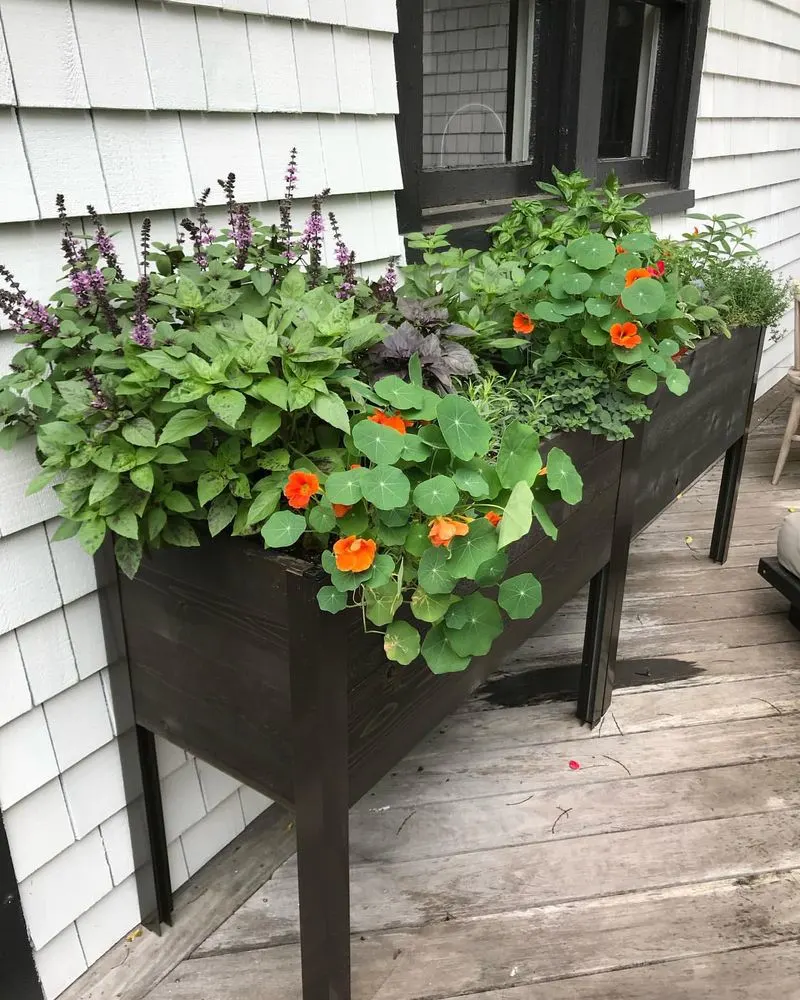
Winter is the perfect time to meticulously plan your spring garden. Research plant varieties suited to your climate and space. Use catalogs and online resources for inspiration and information.
Consider companion planting, succession planting, and crop rotation for a sustainable approach. Planning now allows you to order seeds and materials in advance, ensuring you’re ready when planting season arrives.
This strategic preparation can greatly enhance your garden’s productivity and aesthetic appeal come spring.

